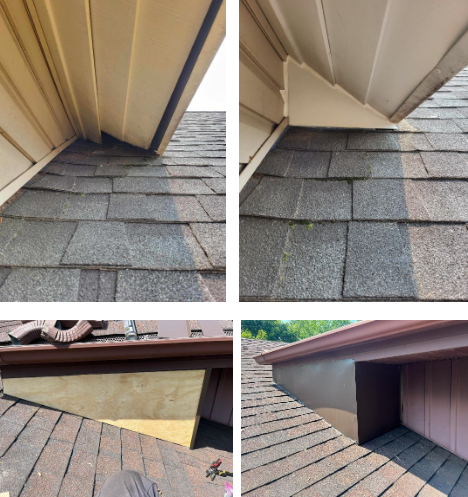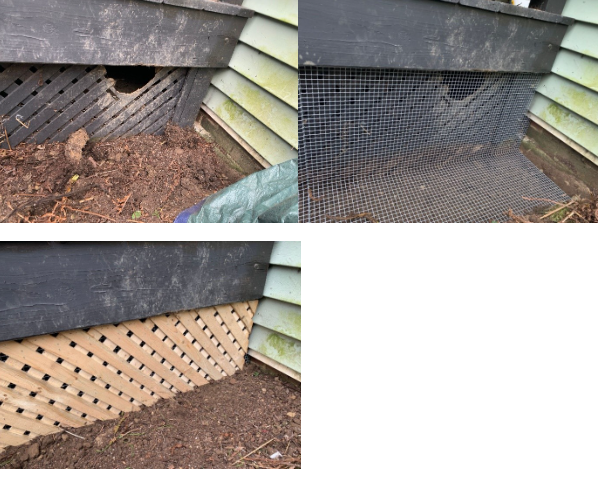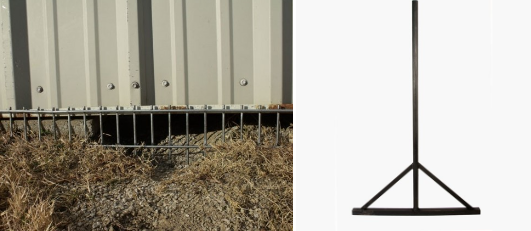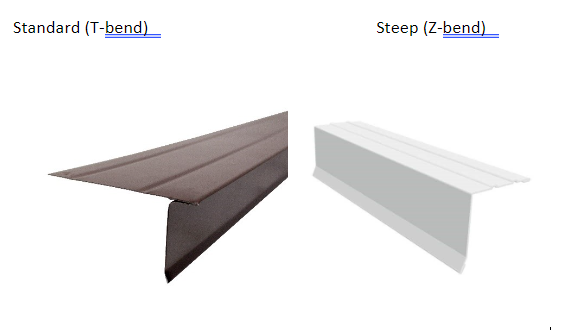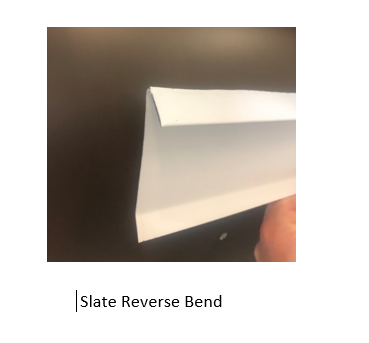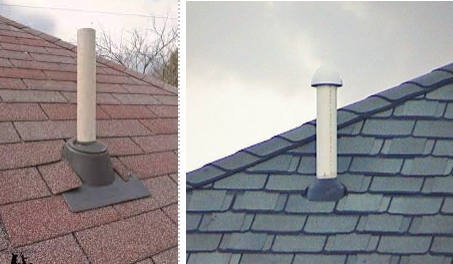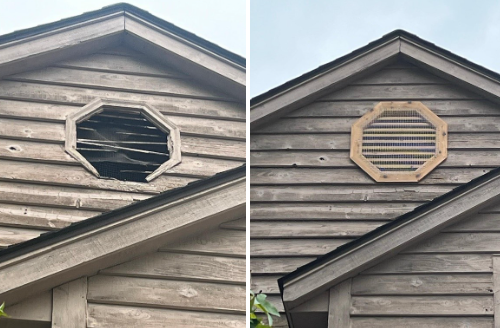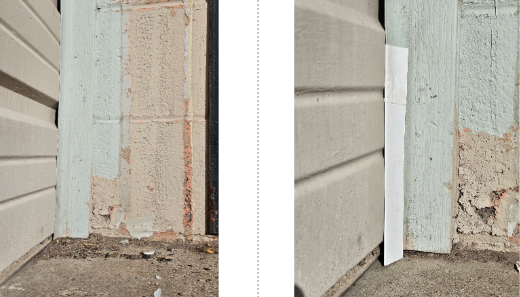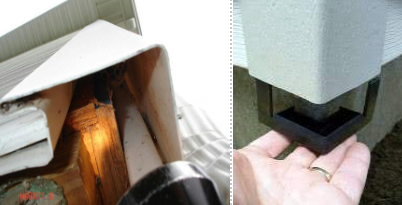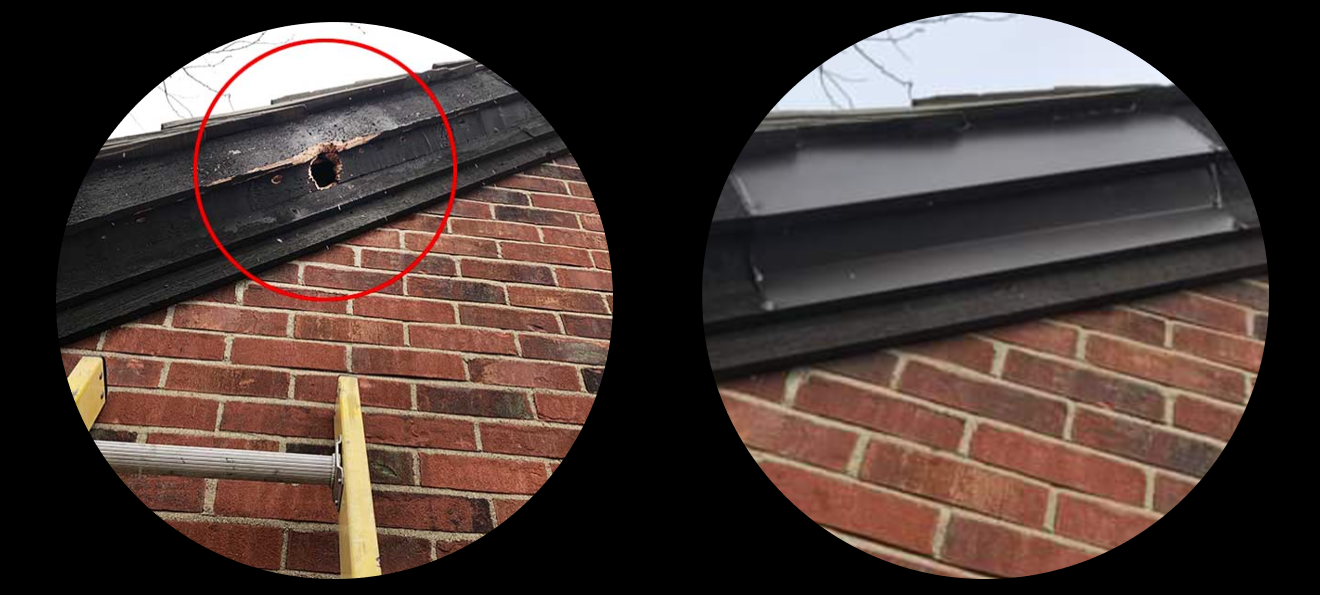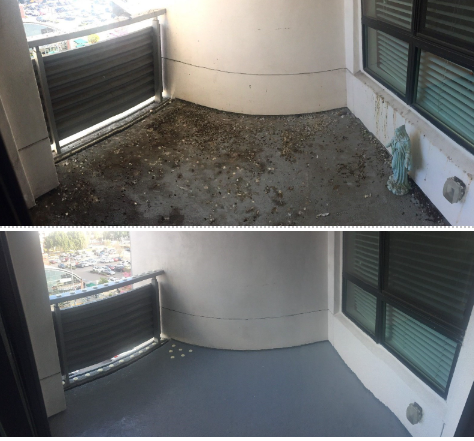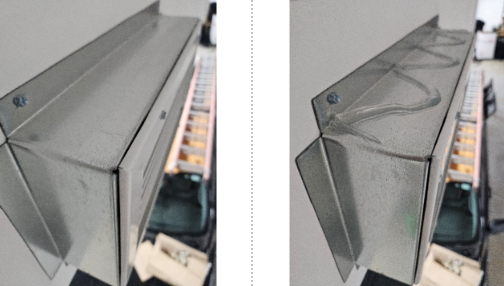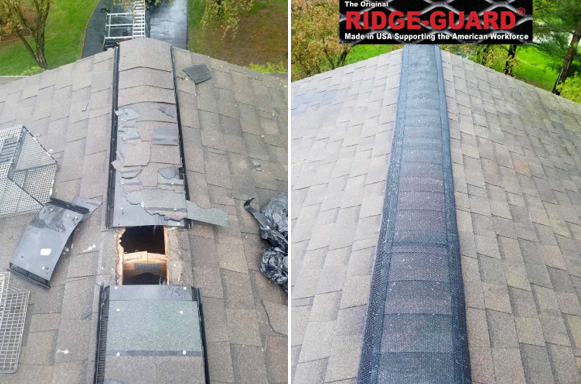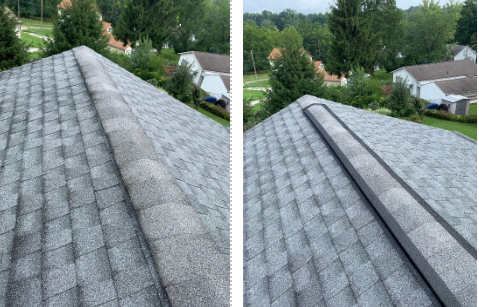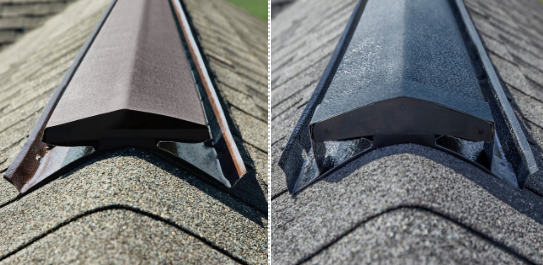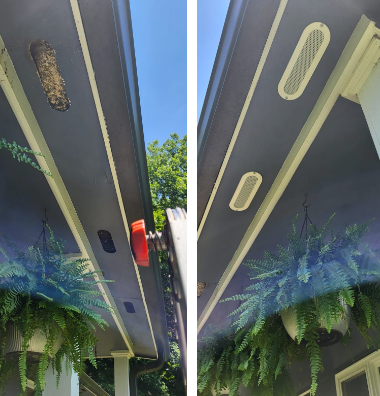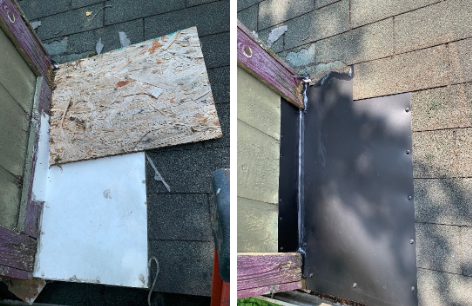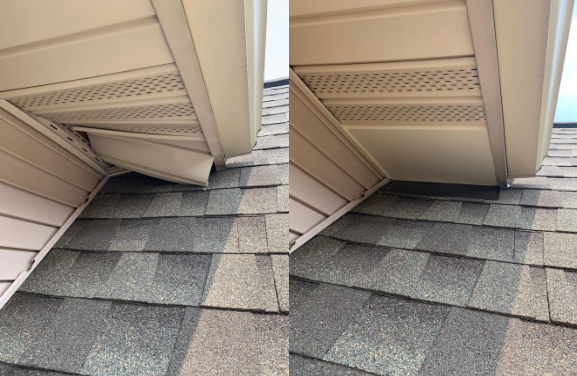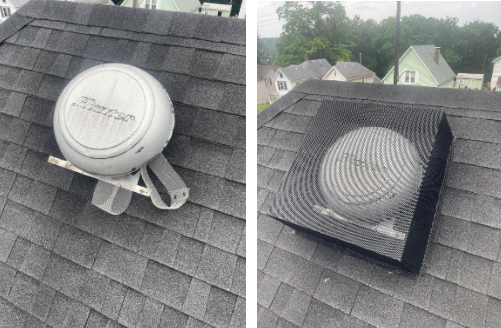Bat Door
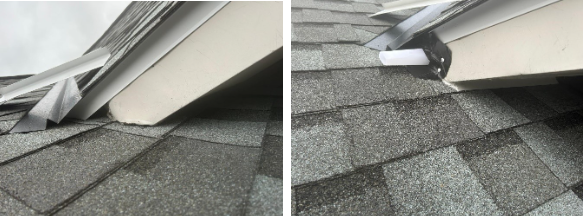
Standards
-
Locate the main entry point(s) the bats are using to exit/enter the structure.
-
Attached a custom made or manufactured bat door with the use of screws and sealant.
-
When possible, look into the attached door to make sure it is attached over the entry and unobstructed.
-
Ensure that the door is attached in a slight downward angle to allow easy exit. Never at an upward angle as it will prevent the bats from exiting.
-
Make sure the bat door is sealed tight and no other gaps will allow them re-enter around the door.
-
Hang door so the end is not touching any substrate that would allow bats to re-enter.
-
Create a follow-up work order and remove after the proper amount of time has passed to allow all to exit.
Pro Tip
-
Follow state laws, recommendations, and guidelines for when to use and remove bat doors.
-
If sealant won’t be cured before bats attempt to exit the structure, use of backer rod or metal on both sides of the bat door to prevents bats from exposure to uncured sealant.

